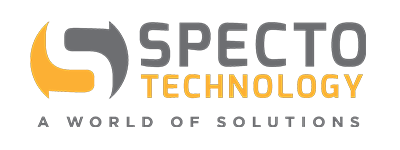Blog Series:
Automated Motorized Total Stations (AMTS): Common Issues and How to Correct Them (Blog 3 of 3)
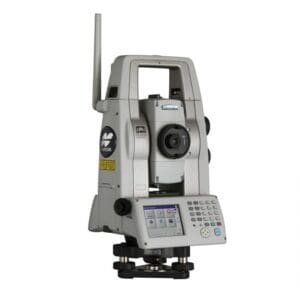 In our first blog in the “Automated Motorized Total Stations (AMTS): Common Issues and How to Correct Them” series, we explored Geometry and the how the proper geometry can ensure accurate monitoring. In the second blog, we looked at Reference Locations and the importance of ensuring the stability of reference prisms. In this blog, we will explore the issues of: Weather and Refraction.
In our first blog in the “Automated Motorized Total Stations (AMTS): Common Issues and How to Correct Them” series, we explored Geometry and the how the proper geometry can ensure accurate monitoring. In the second blog, we looked at Reference Locations and the importance of ensuring the stability of reference prisms. In this blog, we will explore the issues of: Weather and Refraction.
Defining Refraction
Merriam-Webster defines refraction as the deflection from a straight path undergone by a light ray or a wave of energy in passing obliquely from one medium (as air) into another (as water or glass) in which its velocity is different.1
For our purposes, when a land surveying instrument has to “shoot” its signal through something that changes the refractive coefficient of the air, we have refraction and our measurements are impacted. Refraction can be caused by atmospheric effects or by other “meshes” that add noise to the signal and bend light, causing fluctuations in the data being transmitted from the prisms to the total station.
The Weather’s Effect on Measurement
Let’s start with atmospheric effects on monitoring; the biggest of which is temperature.
Temperature effects are going to show up in a variety of different ways in an automated total station instrument. One of the most direct ways that temperature is going to influence readings is from actual movement that is caused by heating and cooling effects throughout the day, or even through seasons. As things heat up, they expand and as they cool down, they contract. This expansion and contraction causes buildings and structures to move and shift throughout the day, and over seasons as well. These movements or shifts show up in automated total station monitors.
In a perfect world, we would be able to control the effects of temperature on the data collected by our advanced land surveying instruments, but we do not live in a perfect world. Since we monitor over a period of time, these fluctuations are unavoidable and are going to affect our measurements. So, it is vitally important to understand what you are looking at when you see these daily or seasonal effects in your data.
The more subtle types of influence that atmospheric effects have on your data is by changing the actual properties of the atmosphere through which the measurements are being made. So as temperature, pressure, and humidity change, the actual refractive coefficient of the air through which the advanced surveying equipment is measuring changes as well. This shows up as small changes in measurements throughout the days or months, and can be corrected by using what is known as a PPM (parts per million) correction.
We can automatically apply a PPM correction too when using a total station surveying instrument with an atmospheric sensor. In a typical still survey, the surveyors would enter the temperature, humidity, and barometric pressure into their remote total station before they set out to run their measurements for the day. The same process can be done automatically with an atmospheric sensor that is integrated into the automated motorized total station hardware and software. Click Here for an example of a sensor that can be used for this purpose.
Heat Shimmer and Shading of the Total Station
There can also be more localized temperature effects or refractions caused by heat. Heat shimmer is an optical phenomenon brought on by air rising above a hot surface such as asphalt and bending the light. When the asphalt is heated by the sun, the air nearest to the road becomes hotter than the air above the road. That hot air bends light. When the hot air rises, it creates a blurry, mirage-like affect, or shimmer, that distorts the details of the landscape around it.
Another example of heat shimmer is warm air that is being emitted from an exhaust vent on a building. Shooting through that sort of “mesh” is also going to cause a refraction which is going to show up as noise in the measurement of that reference prism, then propagate itself as noise in the calculation of where the total station equipment is, and so on.
This type of localized refraction will have a large impact on your data. In order to lessen the impact, you should avoid setting up your remote automated motorized total station network in a way that your total station instrument will have to shoot through this type of “noise.”
You might think that the use of an atmospheric sensor can correct something like heat shimmer, but it cannot. That sort of temperature effect can’t be corrected by an atmospheric sensor because it occurs in a very localized area.
You can also have thermal effects on the automatic motorized total station itself, or whatever the total station is mounted on, that can cause localized movement of that structure. This is sometimes a big problem, sometimes not. It can be corrected as long as you have stable reference locations (as explained in the second blog of this 3-blog series).
One thing that cannot be corrected for with stable reference locations is direct sunlight. If the sun is beating down directly into the scope of the automated motorized total station, the light floods the sensor and adds a lot of noise into the signal that the total station is measuring from the prism. This will have a definite impact on your measurements. To avoid this issue, it is always good to have a solar shield or roof installed above your total station to try to reduce the amount of direct sunlight on the total station throughout the day.
Other Sources of Refraction To Consider
There are other sources of refraction to consider such as leaves, a chain like fence or even one of those little orange construction fences. When the light signal from the remote surveying instrument goes through these “meshes,” it is going to be refracted and, thus, you won’t get as accurate a measurement as you would without these diversions.
The same can happen if your reference prism is partially obstructed by the edge of another object. When the light has to go around an object, the light bends and impacts your data.
Key Takeaways
The key takeaways here are:
- Avoid sources of refraction (whether they be meshes or temperature effects);
- Avoid positioning your automated total station sight directly across sources of heat;
- Correct for temperature, humidity and barometric pressure with an atmospheric sensor;
- Physically protect your remote total station by installing a shade; and
- Try to install your reference points somewhere that might be shady, or less likely to be affected by the sun on a daily basis.
Conclusion
In conclusion, once you’ve determined that you have identified some good places to install your reference prisms, you have to determine whether those locations make sense for the network that you are setting up. As we discussed in our previous blogs on Geometry (blog 1 in this 3-blog series) and Inappropriate Reference Locations (blog 2 in the series), you want to have your reference prisms equally distributed around your automated motorized total stations; avoid instability and obstructions; and avoid sources of refraction such as weather and other meshes.
If you would like additional training on Automated Total Stations, Specto Technology offers hands-on, in-person training classes on the use of Automated Motorized Total Stations (AMTS) several times a year in our Linden, New Jersey Training Center. We also offer a host of other trainings and provide customized trainings as well. LEARN MORE HERE
Reference:
1 www.Merriam-Webster.com/dictionary/refraction
-
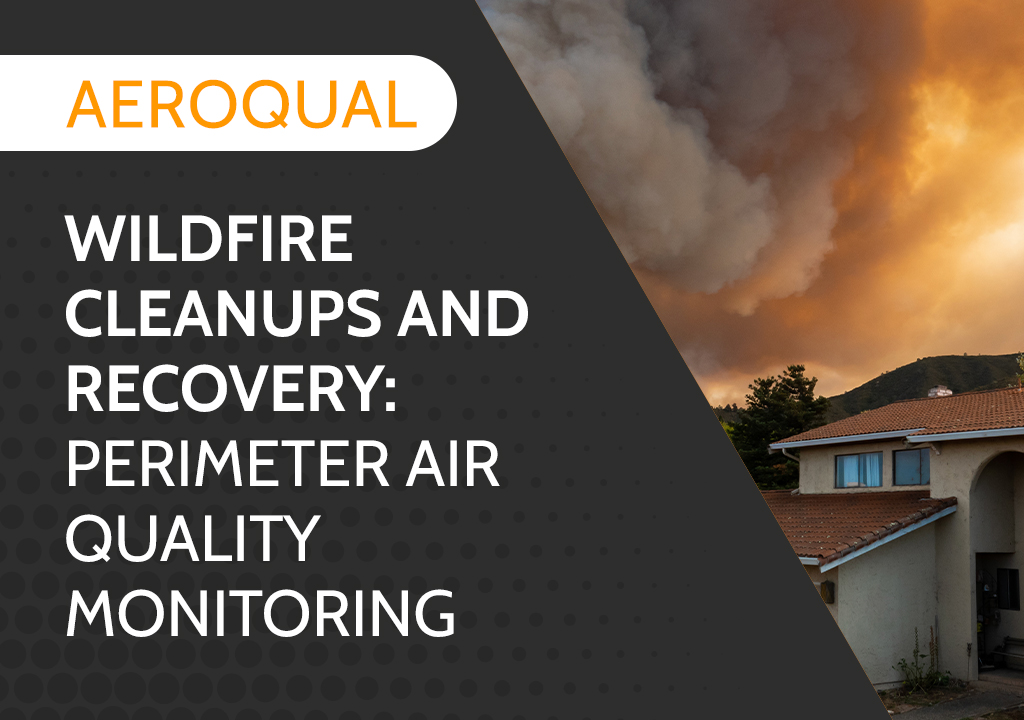 Wildfire Cleanups and Recovery: Perimeter Air Quality Monitoring
Wildfire Cleanups and Recovery: Perimeter Air Quality Monitoring -
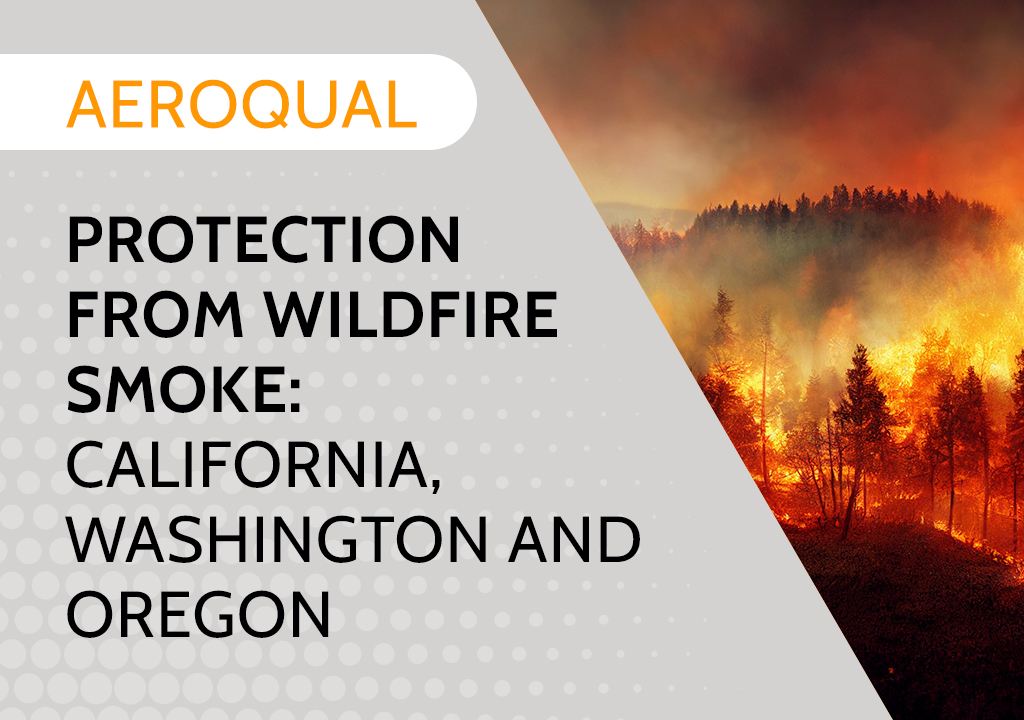 Protection from Wildfire Smoke – California, Washington and Oregon
Protection from Wildfire Smoke – California, Washington and Oregon -
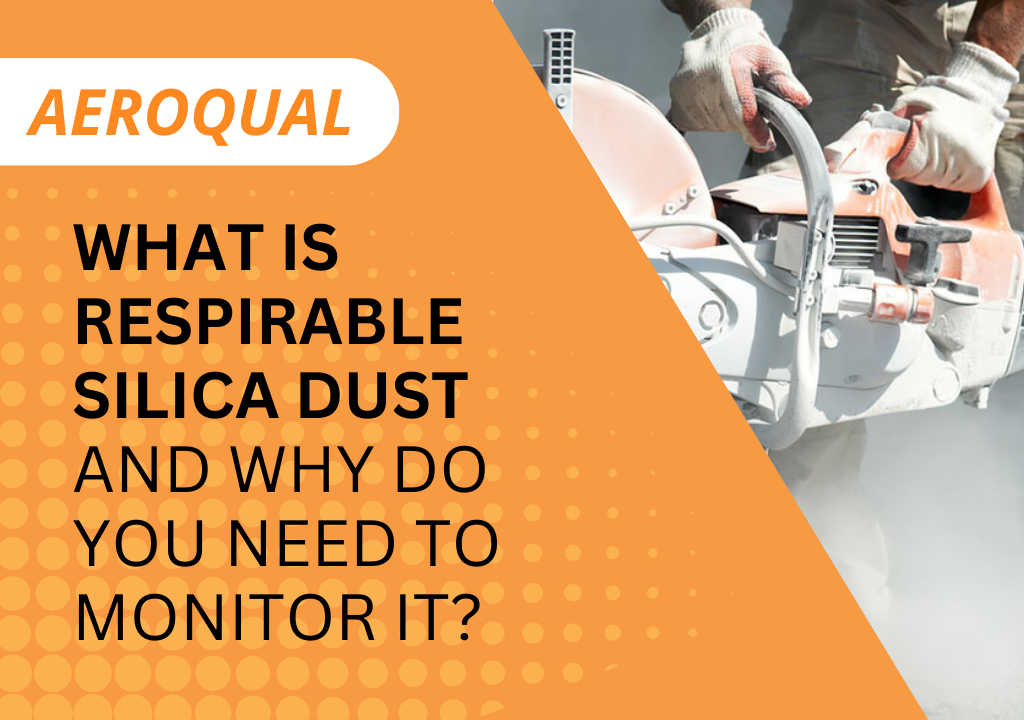 What is Respirable Silica Dust and Why Do You Need to Monitor It?
What is Respirable Silica Dust and Why Do You Need to Monitor It? -
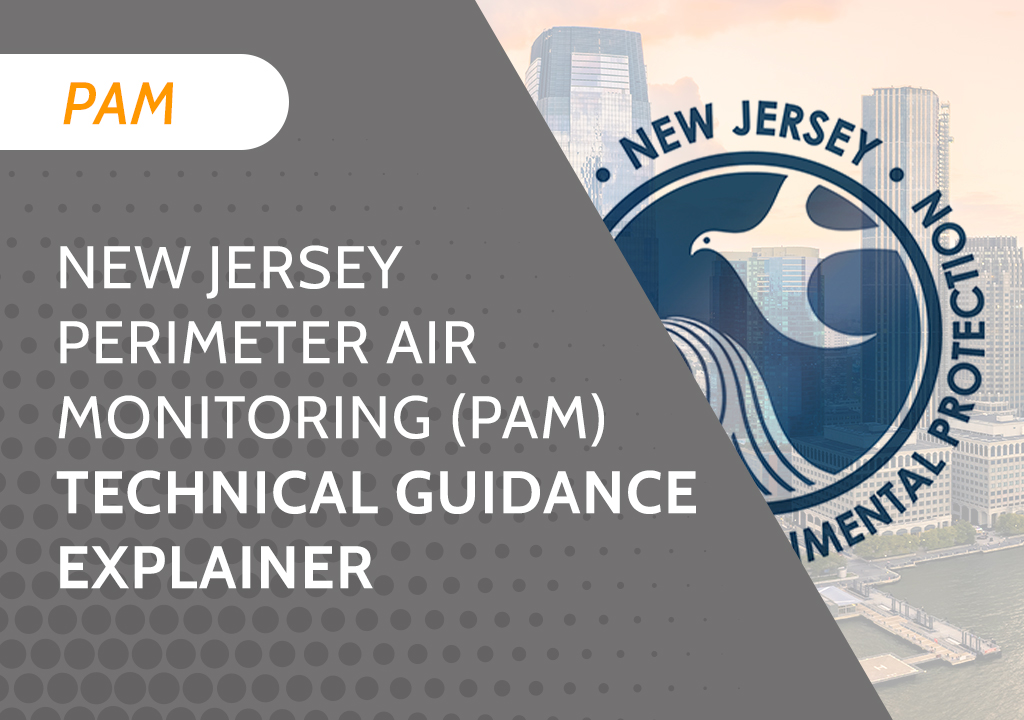 New Jersey Perimeter Air Quality Monitoring (PAM) Technical Guidance Explainer
New Jersey Perimeter Air Quality Monitoring (PAM) Technical Guidance Explainer -
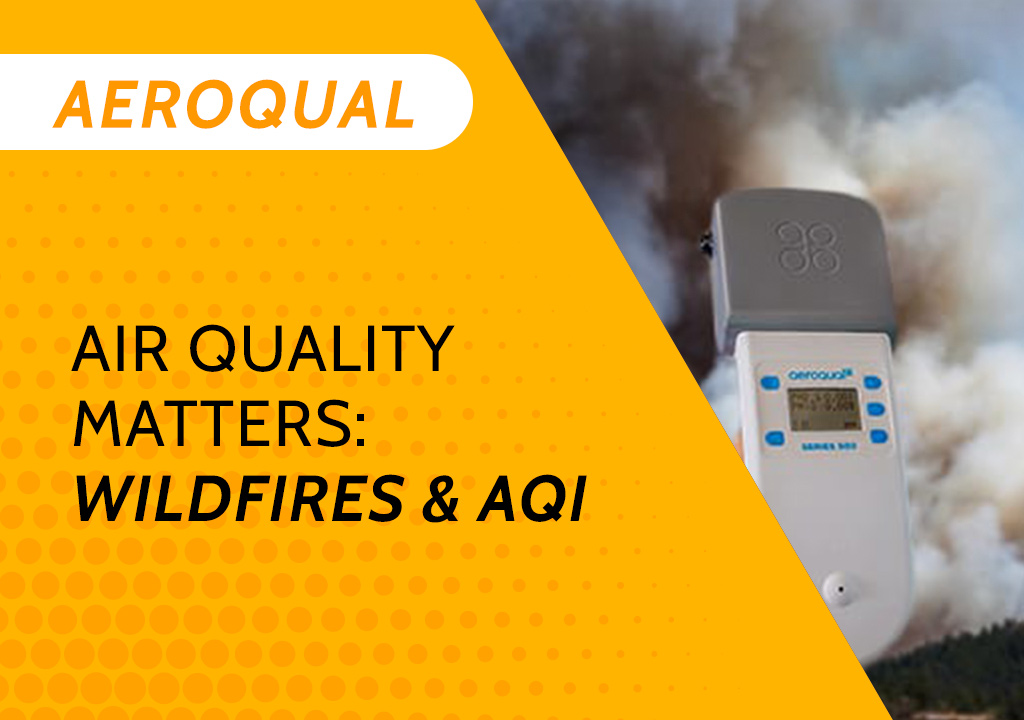 Air Quality Matters: Wildfires & AQI
Air Quality Matters: Wildfires & AQI -
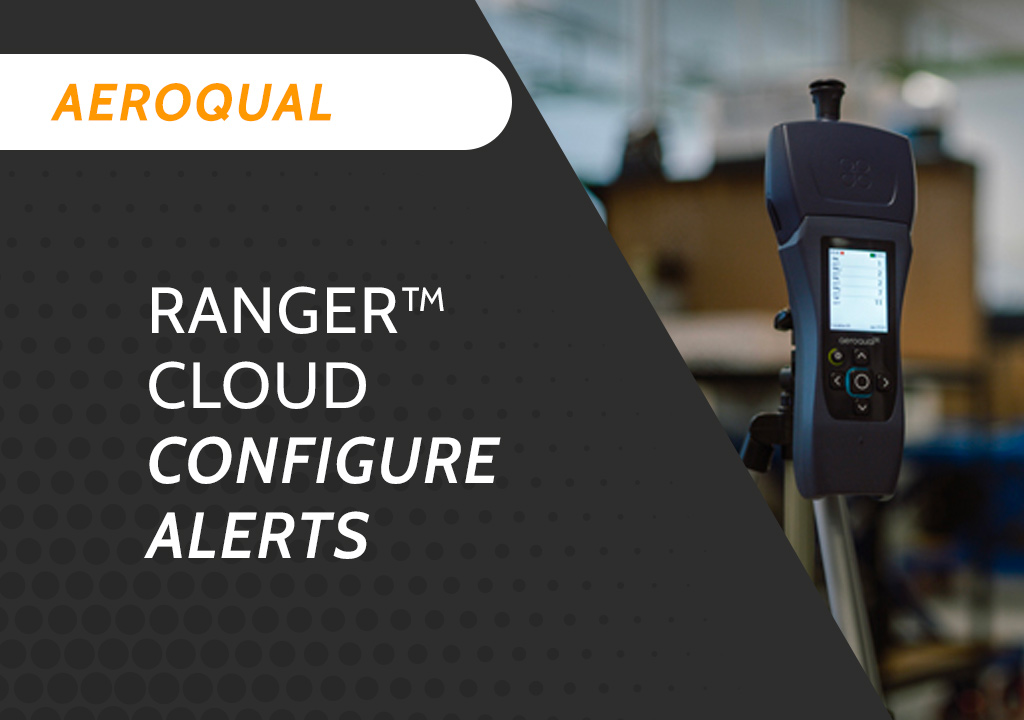 Aeroqual Ranger™ Cloud from Specto Technology - Configure Alerts
Aeroqual Ranger™ Cloud from Specto Technology - Configure Alerts -
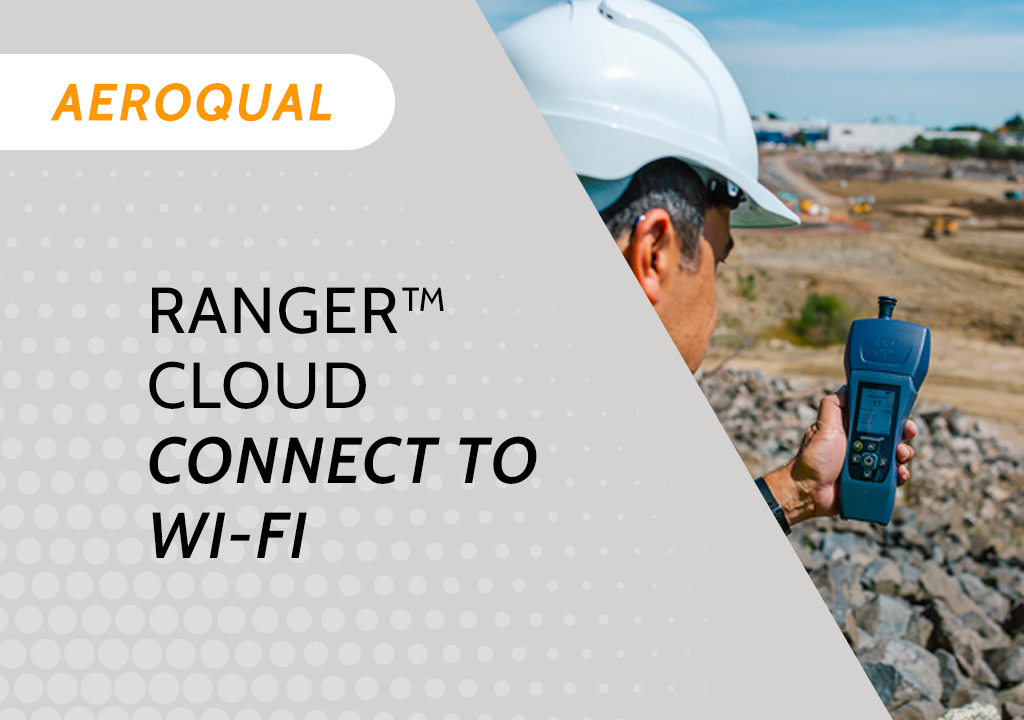 Aeroqual Ranger™ Cloud from Specto Technology - Connect to Wi-Fi
Aeroqual Ranger™ Cloud from Specto Technology - Connect to Wi-Fi -
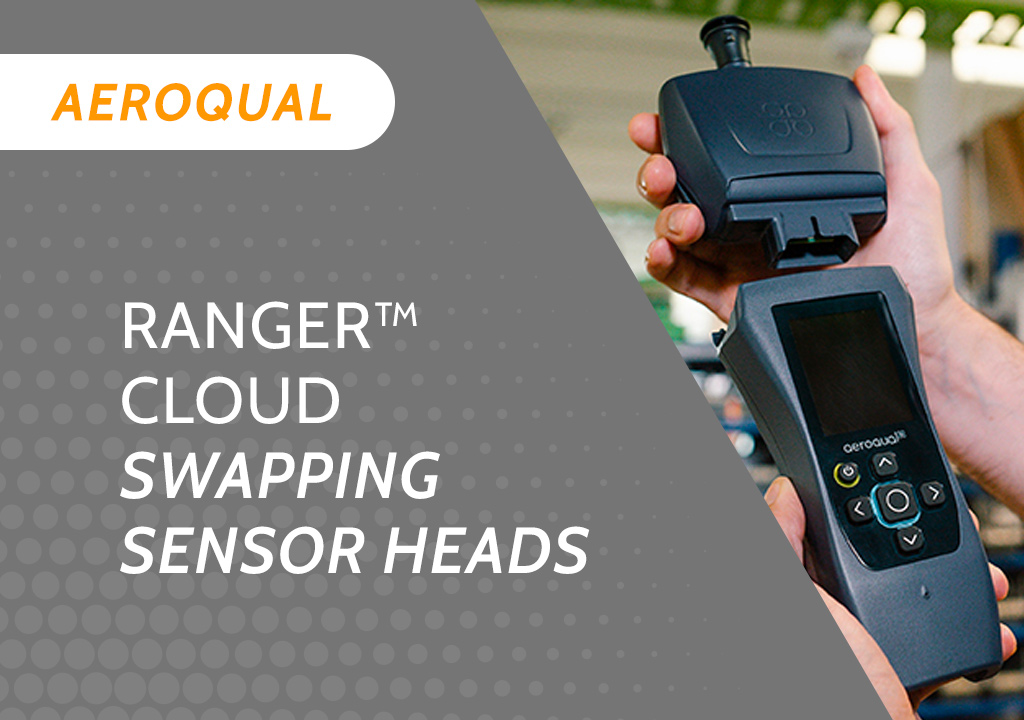 Aeroqual Ranger™ Cloud from Specto Technology - Swapping Sensor Heads
Aeroqual Ranger™ Cloud from Specto Technology - Swapping Sensor Heads -
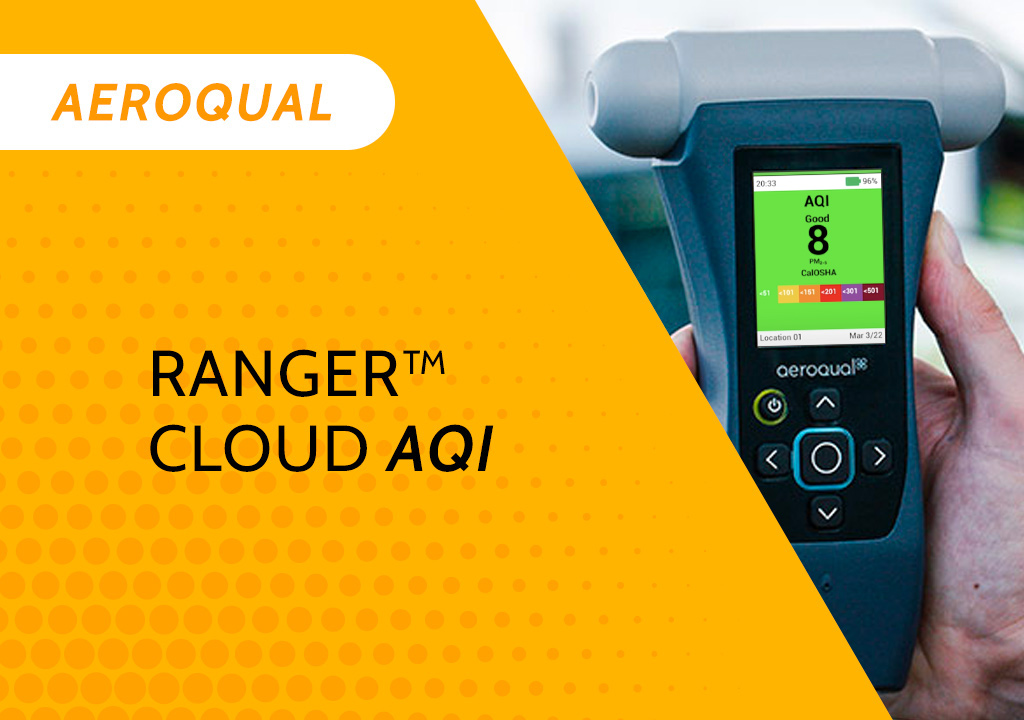 Aeroqual Ranger™ Cloud from Specto Technology AQI
Aeroqual Ranger™ Cloud from Specto Technology AQI -
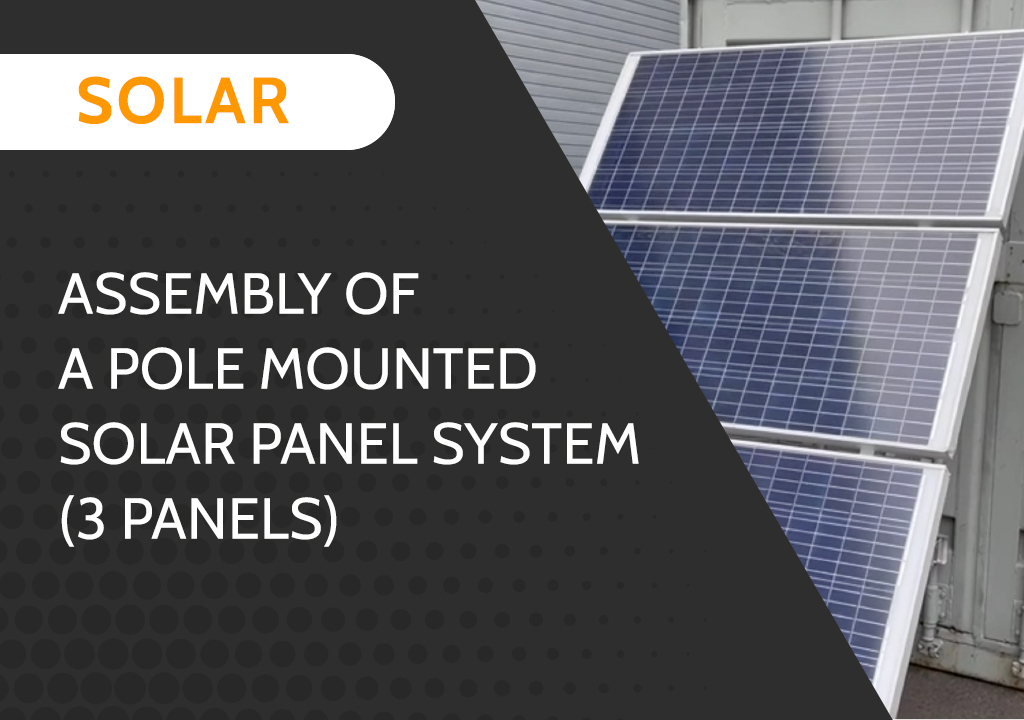 Assembly of a pole mounted solar panel system (3 panels)
Assembly of a pole mounted solar panel system (3 panels)
